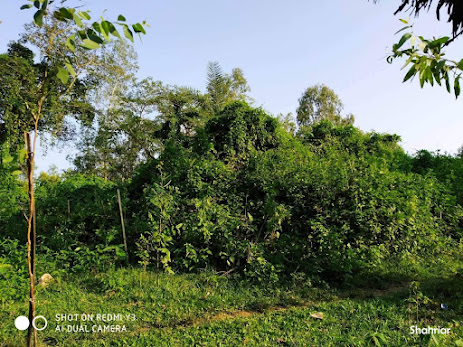Building Trust through Self-Discovery and Communication
In my father’s garden there are two cages. In one is a lion, which my father’s slaves brought from the desert of Ninavah; in the other is a songless sparrow. Every day at dawn the sparrow calls to the lion, “Good morrow to thee, brother prisoner.”
- The Two Cages, The Madman by Kahlil Gibran
The above quote from Khalil Gibran depicts how Self-awareness is important for all of us. It helps us to build & grow any relationship in our personal & professional life, irrespective of our profession.
There are two significant ways of becoming more self-aware. The first involves listening to yourself to understand what causes your reactions or feelings and to look at how you react. We have a tendency to ignore our reactions to people and the world around us, but we can make our feelings and reactions more conscious if we raise our awareness and work on these things. The second way to become more aware is to ask for feedback from other people about how they see you and how they react to your behavior. To further our understanding, we'll look at Johari Window concept for building self-awareness.
A Johari Window is a psychological tool created by Joseph Luft and Harry Ingham in 1955. This tool can be described with a four quadrants' grid a following:
Quadrant 1: Open/Free Area
This quadrant includes the things that are known to us and to others. Our behavior, knowledge, skills and outward appearance are some of these things.
Quadrant 2: Hidden Area
Quadrant 2 includes the things that are known to ourselves, but not to others. It may include some of our past experience, our intent etc.
Quadrant 3: Blind Area
Blind area refers to the things that we are not aware about ourselves, but others know or can identify. It may include simple information about something as well as some deep issues like our latent talent or even some of our feelings of being incompetent, insecure which may difficult for us to face, but can been seen by others. People may always want to talk to you because you are a good listener. Sometimes you don’t realize these aspects of your character until it is pointed out.
Quadrant 4: Unknown Area
This is the things that are unknown to us as well as to others. Some sort of unknown/unidentified information may fall in this area.
There are 02 broad ideas behind this tool: 1. build trust by disclosing information about ourselves and 2. with the feedback from others, we can build self-awareness and come to terms with personal issues.
Johari Window for Self -awareness
As we can identify our self-awareness by applying Johari Window, we can expand our awareness by expanding our known area and decreasing our blind area.
The ultimate goal of the Johari Window is to enlarge the Open Area, without disclosing information that is too personal. The process of enlarging the Open Area quadrant is called "self-disclosure," and it's a give and-take process that takes place between ourselves and the people that we are interacting with.
We can expand our known area that we don't know (Quadrant 3) by accepting feedback from others and become more aware. Again, we can increase our open area, which are unknown to others (Quadrant 2) by self exposure (expressing our feelings/ideas in a group discussion). And, finally we can also decrease our 'Unknown area' (Quadrant 4) by mutual exploring (for both of us), listening to others observations (for increasing own area) and by sharing our self-realization (for increasing others area). So, by working with others it is possible for us to discover aspects that neither of we may never have appreciated before.
Please note, we need to be careful regarding sharing or asking too personal information and sensitive information. Also, individual's privacy & confidentiality should be taken care of. Moreover, we need to consider factors like culture, belief system etc. while doing self-disclosure and giving feedback.
Finally, Johari Window is a very elegant and potent model and as with other powerful ideas, simply helping people to understand is the most effective way to optimize the value to people. When people really understand it in their own terms, it empowers them to use the thinking in their own way, and to incorporate the underlying principles into their future thinking and behavior.
[Published on LinkedIn on 14 March, 2017]






Comments
Post a Comment